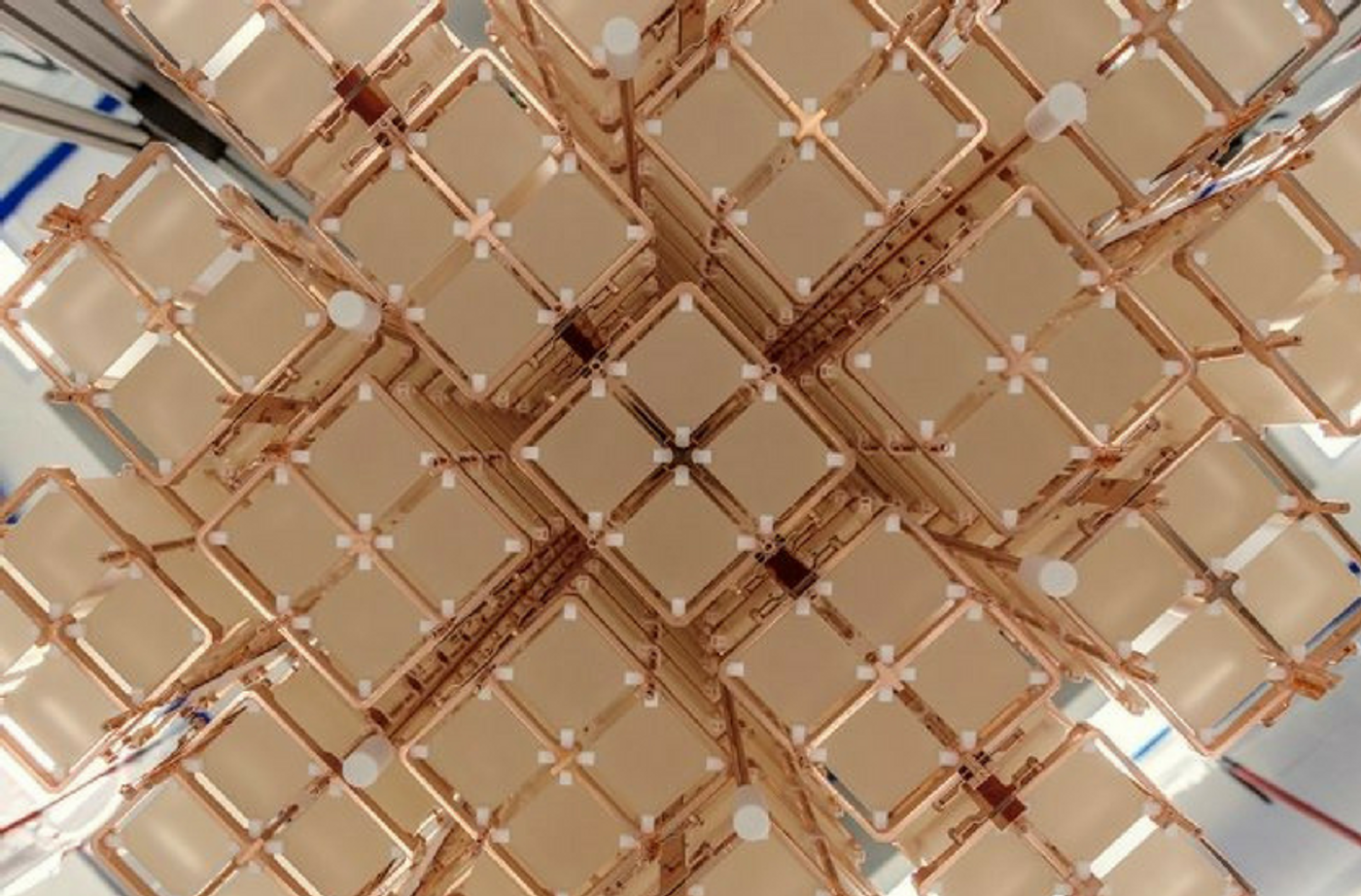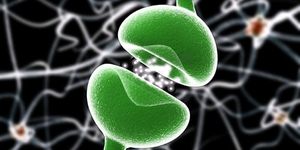First Results from the Neutrino Mountain Experiment
Physicists have long pondered the question: why is our universe made mostly of matter but not antimatter? Theoretically, the Big Bang is supposed to have produced an equal amount of matter and antimatter. Nowadays our world is overwhelmingly filled matters, while antimatters are hard to come by.
Last week in the journal Physical Review Letters, an international team of physicists published their preliminary results from an underground experiment designed to answer this fundamental question of physics. Acronym meaning "heart" in Italian, the Cryogenic Underground Observatory for Rare Events (CUORE) is a joint Italian and U.S. experiment housed in a deep underground laboratory beneath a mountain (hence the nickname "Neutrino Mountain Experiment") in Italy. For the past few months, scientists at CUORE have been looking for an exotic kind of particle decays known as a neutrinoless double beta decay.
Being one of the most plentiful yet elusive fundamental particles out there, the neutrino is a fermion that interacts only via the weak subatomic force and gravity. Its name fully explains its nature: electrically neutral, and almost massless. Because neutrinos typically pass through normal matter, it makes it extremely difficult to be stopped or detected.
For example, to study astrophysical events like exploding stars, gamma-ray bursts, black holes and neutron stars, scientists built the IceCube Neutrino Observatory located at the Amundsen-Scott South Pole Station in Antarctica. Its highly sensitive detecting mechanism is an array of 5,160 basketball-sized optical sensors deeply encased within a cubic kilometer of very clear Antarctic ice.
All particles have their antiparticles, neutrinos is no exception. But because antineutrinos and neutrinos are both neutral particles, scientists have long suspected that they could the same entity. If neutrino can transform between a matter and antimatter version of itself, that might provide a plausible explanation behind the universe's matter-antimatter imbalance. According to physicists, as the heavy neutrinos produced immediately the Big Bang have decayed asymmetrically-meaning producing more matter instead of antimatter, it would make sense for us to live in the world made of predominantly matters.
Within the CUORE facility, scientists have been waiting to detect a neutrinoless double-beta decay on the 988 crystals of tellurium dioxide in the cryostat. When tellurium atoms decay, they give out particles such as electrons and antineutrinos. If the neutrino is indeed its own antiparticle, the antineutrinos should cancel each other out, and this decay process should be "neutrinoless." Therefore, no other particles other than a pair of electrons should be detected.
While they have not yet detected the neutrinoless double-beta decay, the American and Italian researchers set the most stringent limits on the amount of time that such a process should take based on their preliminary recording. If the decay does exist, it would only happen once every ten septillions (1025) years. And they predict that within the next five years they should be able to detect at least five decay events, if their theory is correct. Otherwise, the opposite would be true: the neutrino is not its own antiparticle.
Commenting their work, Lindley Winslow, a CUORE member and MIT physics professor, said: "It's a very rare process—if observed, it would be the slowest thing that has ever been measured. The big excitement here is that we were able to run 998 crystals together, and now we're on a path to try and see something."
The Science of the Deep Underground Neutrino Experiment (DUNE). Credit: Fermilab
Source: MIT









